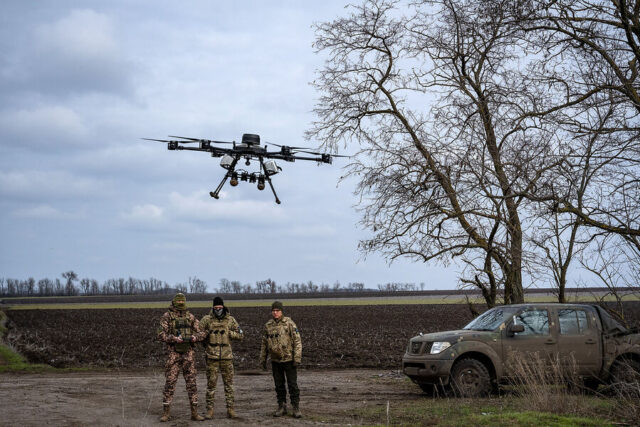
In a historic overhaul of its battlefield capabilities, the U.S. Army is launching a $36 billion initiative to usher in a new era of warfare dominated by unmanned aerial systems. The sweeping transformation will outfit each of the Army’s 10 active-duty combat divisions with approximately 1,000 drones, signaling a decisive move away from aging Cold War-era equipment and toward a more agile, technologically advanced fighting force.
Why Drones—and Why Now?
The shift is heavily influenced by modern combat lessons drawn from the war in Ukraine, where both Russian and Ukrainian forces have demonstrated the strategic effectiveness of drones in surveillance, targeting, logistics, and direct offensive operations. The U.S. military is now accelerating efforts to replicate and expand upon those tactics, integrating drone fleets into every level of command and combat structure.
What’s Changing?
- Drones at the Core: Each combat division will receive hundreds of drones for various purposes, including:
- Surveillance to detect threats before they emerge
- Logistics support for resupplying soldiers in hard-to-reach zones
- Offensive strikes with precision targeting to reduce risks to troops
- Legacy Systems Phased Out: In tandem with drone adoption, the Army will halt further procurement of Humvees and begin retiring legacy Apache helicopters. These changes underscore a broader shift away from ground-heavy, manned operations toward lighter, unmanned, and smarter platforms.
- Speed of Implementation: Unlike traditional multi-decade weapons programs, this drone overhaul is designed to be rapid. Within two years, all 10 Army divisions are expected to be fully equipped and trained in drone operations.
Electronic Warfare and Counter-Drone Defense

Recognizing the vulnerabilities that come with widespread drone deployment, the Army’s plan includes robust investment in:
- Electronic warfare systems to jam or deceive enemy drones
- Counter-drone technologies to protect U.S. personnel and infrastructure from similar threats
- AI-enhanced communication networks to maintain real-time coordination among soldiers, drones, and command centers
Early Adopters and Field Tests
Three Army brigades are already piloting the use of drones in combat exercises, experimenting with tactical deployments and refining operational doctrines. Feedback from these units will directly inform how drones are used across the broader Army.
Strategic Implications
This modernization effort is not just about efficiency or cost—it’s about geopolitical preparedness. The U.S. sees this initiative as crucial in deterring near-peer adversaries such as Russia and China, both of whom are investing heavily in drone and AI-based warfare.
With the battlefield evolving rapidly, the Army’s drone revolution represents a critical pivot in ensuring the U.S. maintains its military edge. The next conflict may be fought not only by boots on the ground—but also by swarms in the sky.



